Cosmos Flowers – Grow Them For the Bees
The Cosmos Flower – Are you a bee loving gardener and want to create a pollinator garden? Do you want to create a little oasis in your backyard to encourage them to visit? If you have to choose one flower to grow that will attract insane amounts of bees to your garden – this is the EXACT one to plant!

This post is about why the cosmos flower is great for beginners and why using it in gardening as part of a pollinator garden will attract bees, butterflies, and hummingbirds.
Why To Plant Cosmos Flower Every Year
Last year, we decided to create a little garden plot to plant wildflowers, including cosmos. We were delighted by them for so many reasons, and wanted to share our experience here!
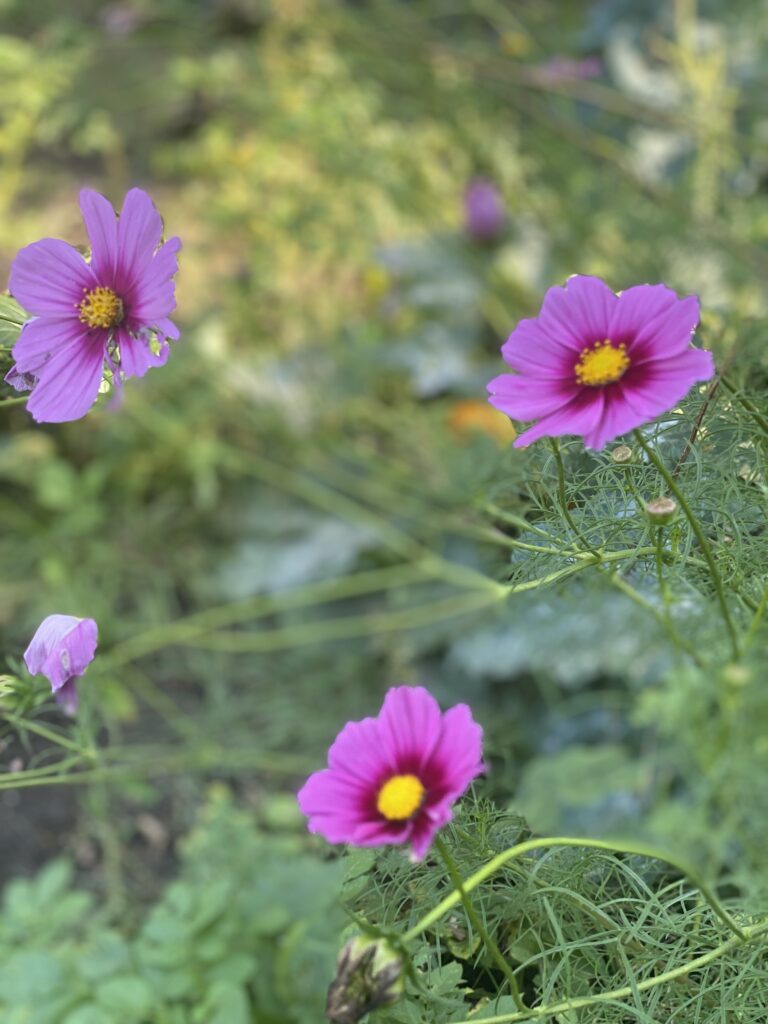
Easy for Beginners
Cosmos are incredibly easy to grow, so we think it is a great plant for a beginner or even to have your kids plant!
Gardening can be intimidating, we know. Even with our years of gardening, we sometimes get intimidated by the thought of trying something new.
Last year, we decided we wanted to make a little summer flower garden spot to plant both pollinating plants as well as cut flowers. Here is how we created a low effort garden bed, & how we accomplished low effort planting and care of our cosmos plants.
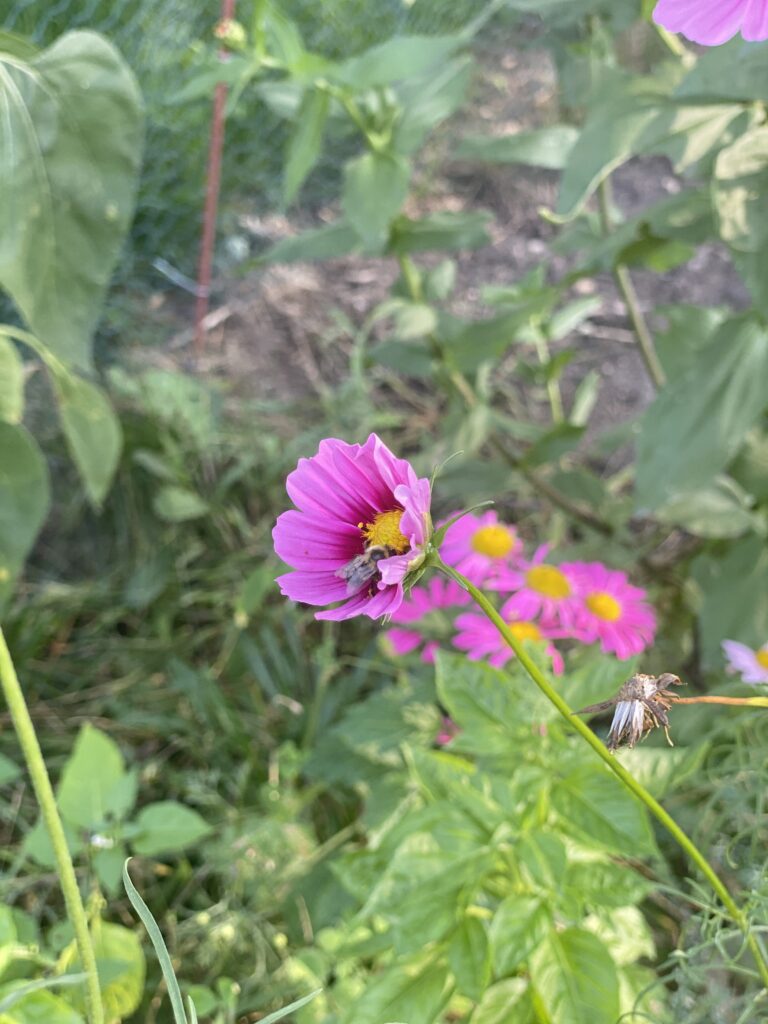
Low Effort Garden Bed Creation
When we say low effort – we mean LOW EFFORT. The smartest thing we did was pick a spot in the yard that gets punished with sunlight the whole summer. This type of garden will do best with full sun with good airflow to avoid powdery mildew or gray mold on the daisy-like flowers.
Zone Knowledge
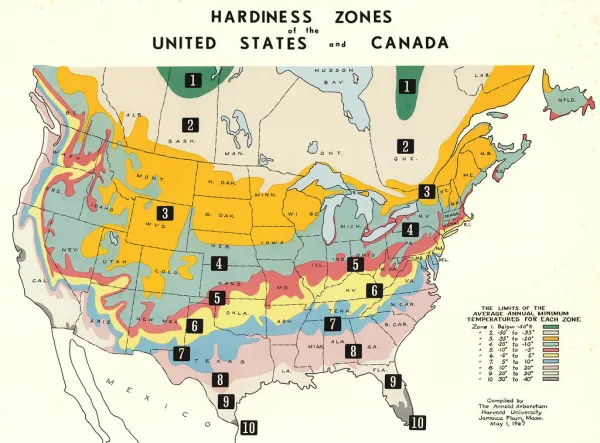
The beginning of our outdoor growing season (it would be earlier if you started seedlings indoors, for example) starts in May. We are in zone 3, so your season may be earlier or later, depending on your zone. But for us, early spring starts right in the middle of May.
Getting Rid of Grass
The spot we chose was part of our lawn, so it was covered with useless grass (lol, we are definitely moving away from huge lawns). We didn’t want to spend a single ounce of effort to get that grass pulled up. Instead, we decided to just put cardboard down over the grass and then cover it with dirt. Similar idea to this picture, just on a larger scale.
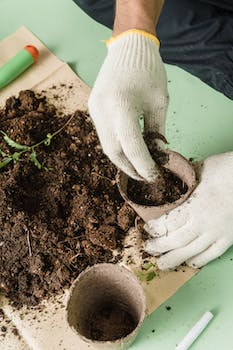
The cardboard came from the amazon boxes our dog food is delivered in. They are huge, and once they were deconstructed, they created the perfect shape for what we were going for. So we just threw those down on top of the grass.
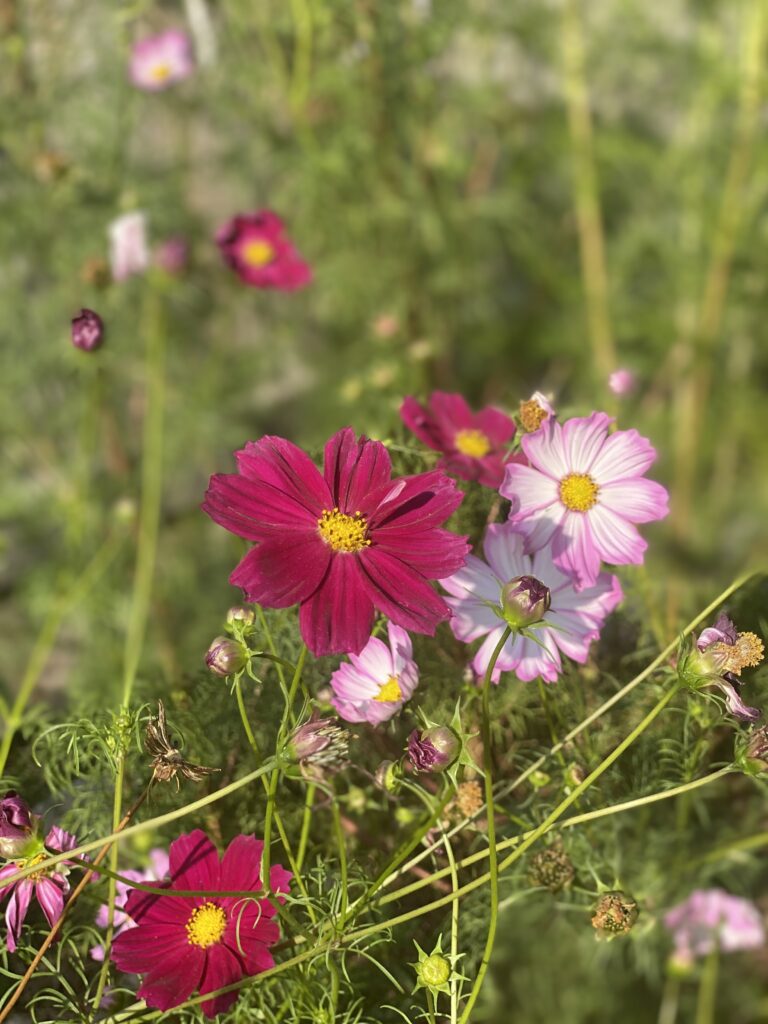
Bags of Dirt or Topsoil
We bought the cheapest bags of garden dirt we could find at the gardening store and dumped that on top of the cardboard. If you don’t want to, or can’t haul bags of dirt from the garden center, the great news is you can just order some!
A few other options are linked here and here and for more options, check out our garden storefront! Honestly, getting this delivered is genius! It makes it so much easier. We will definitely be ordering it for delivery this year.
I think we used 3 of the large bags, and we should have really used more, but we never managed to get back to the garden center for it. It was a bit sparse in terms of dirt. There was still a lot of cardboard showing but it was well-drained soil. We will definitely add more to it the next growing season before we put down our flower seeds. These are annual plants, so you sow seeds every year.
But that was it! That was all we did to make this flower bed. Even with this minimal effort, we had an explosion of blooms later in the year.

Imagine this is what we looked like, sowing our flower seeds.
Easy to Grow from Seed
Once we had the cardboard and the dirt down, all we did was channel Johnny Appleseed and just shook seed packets out on the dirt. We tapped it down slightly with our garden hoe and then watered. That was literally the extent of our effort. Anyone can do this, I promise!
Other ideas we have seen people do that seem smart are to mix the seeds with sand and then distribute that on top of your dirt. This makes it easy to layer on your soil and adds some additional drainage with the sand.
Another idea is to mix the seed packets in with a bag of dirt or topsoil before putting it on the bed, either in the bag or in a wheelbarrow, and then put that on the bed so the seeds are already mixed with the soil. All very easy things to do and smart ways to sow your flower seeds.
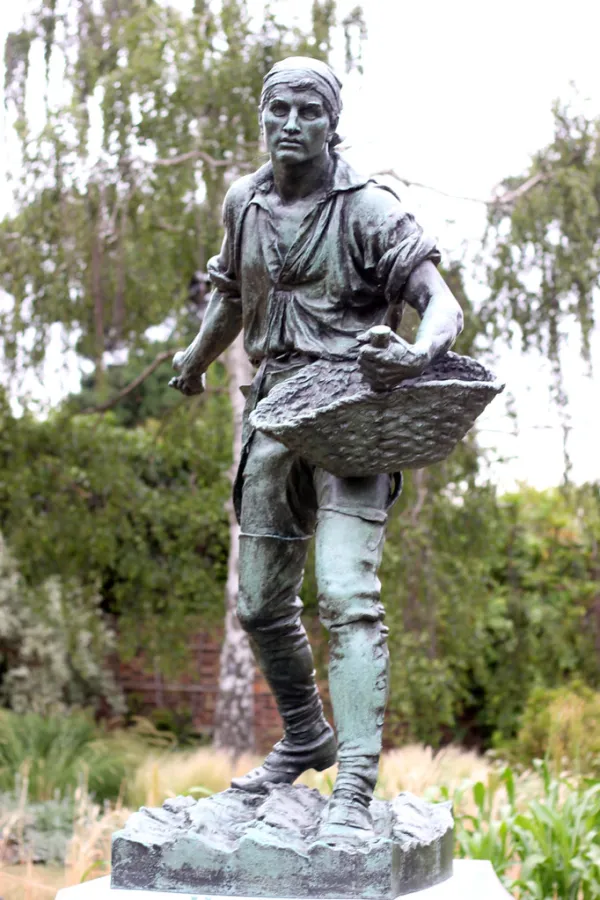
Disclaimer: We have included affiliate links for convenience and ease of reference. If products are purchased via these links, a small commission will be received, at no extra cost to the buyer.
Cosmos Flower – Variety!
We had a random assortment of cosmos flower seeds and direct sowed (just shook them onto the soil) and watered. Here is an idea of the type of flower seed packets we used. Our preference is definitely a riot of color so we like to blend them but you could easily have a dedicated color for your garden.
That is another great thing about all the different species of cosmos (cosmos atrosanguineus, cosmos bipinnatus, chocolate cosmos, cosmos sulphureus), there is a huge variety of colors and flower types!
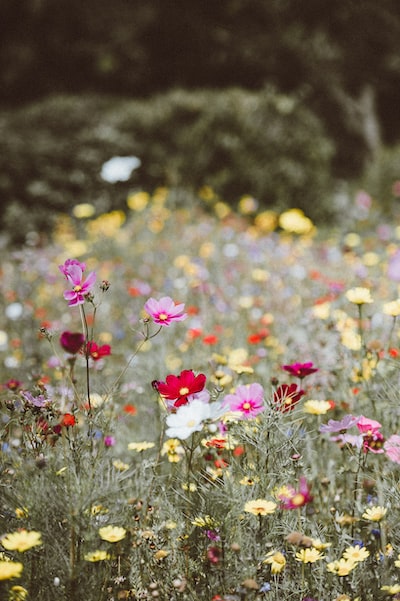
There are seed packets with a random assortment of cosmos types and flowers, so your garden would be all cosmos, but you would be surprised as to what colors popped up!
You can also choose cosmos flower seed packets with specific colors. We love that there are so many options.
To get wildflower seeds for a little variety, here are some options
If you are looking for more seed options, garden items or tools, check out our gardening storefront! If you would rather use a raised flower bed, check out our post on all the different raised garden options for that!
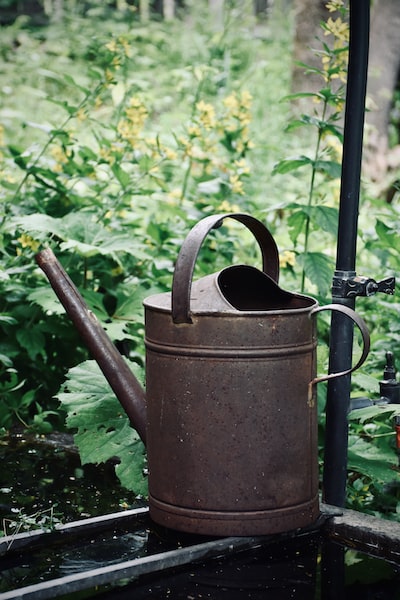
Low Maintenance
Once we got the cosmos flower seeds planted, we were sure to keep the little plot regularly watered until they sprouted (about a week or so) and then kept an eye on it when we had really hot days or a stretch of no rain. Other than that, they were pretty self contained units. They grew and thrived without any additional effort on our part.
Garden Aesthetic
We had seen pictures of cosmos flowers before, but since we hadn’t grown them and seen the size of the plant, we were surprised at how tall cosmos get! There are shorter varieties and taller varieties to choose from, and the tall varieties can get really tall! Like 5+ feet.
They have a fern like leaf and they do create sort of a chaos of flowers and leaves. We had them planted up against our fence and LOVED the whole garden aesthetic of it.
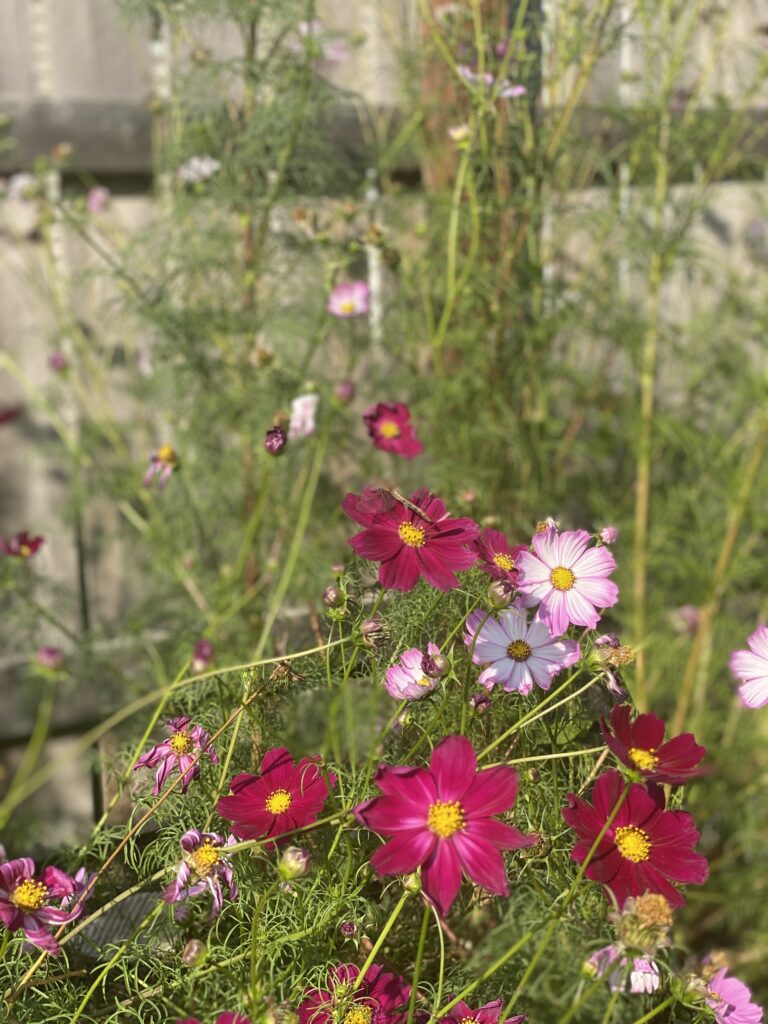
We saw a video on Tiktok of someone who said if Cosmos are your favorite flower then you are messy. LOL!
Now that we have grown them we understand what he meant. They are a leggy, all over the place type of plant. If uniformity is your thing, they will probably drive you nuts. We actually loved the aesthetic when it was combined with plants, especially low growing plants, that are more uniform.
Cut Flower Bonanza
We also really love cut flower gardens because having fresh flowers all around the house and yard during summer is just peak joy for us. We knew that cosmos were great cut flowers because we have seen them in summer flower bouquets many times.
Cosmos flowers are PROLIFIC! Once they get to the flower stage, they bloom non-stop. As you can see from the pictures, they don’t deadhead themselves. If you get out in the garden with a pair of sissors on a regular basis, they will reward you handsomely with blooms.
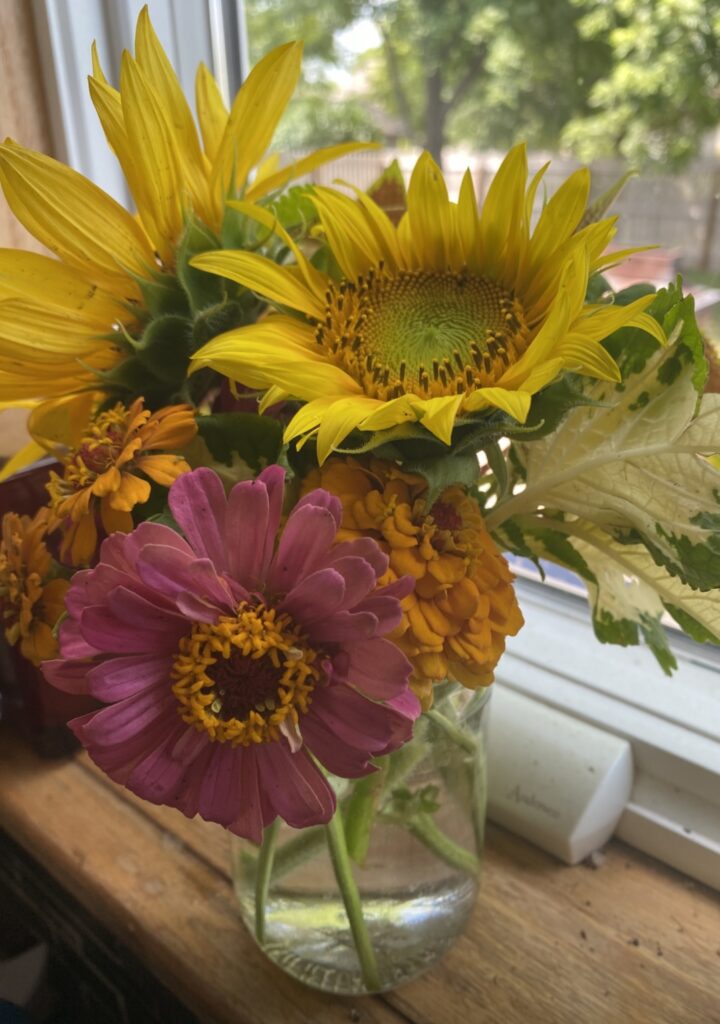
We love having mason jars full of flowers from the garden all over the house during summertime. The sunflowers were courtesy of the birds dropping their black oil sunflower seeds here and there.
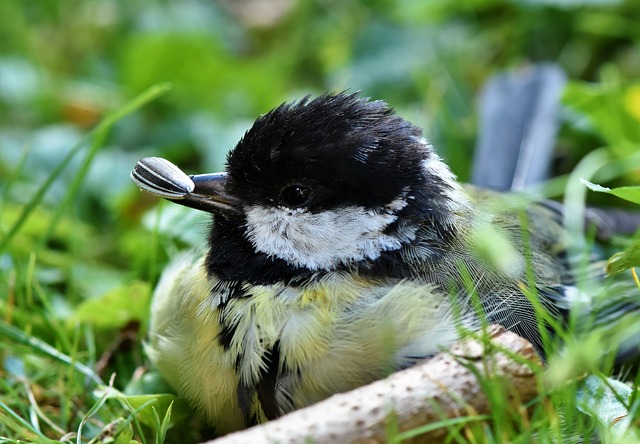
Our garden rule is – if it is planted by the birds, it stays! Always!
The Bees LOVE Them!
Our long time goal has always been to have a pollinator garden, or at least some pollinator plants, all around the garden. We always want to be a nectar haven for the butterflies, hummingbirds and bees. It also improves our plants and vegetables because we love the cross pollination we bring to our little area.

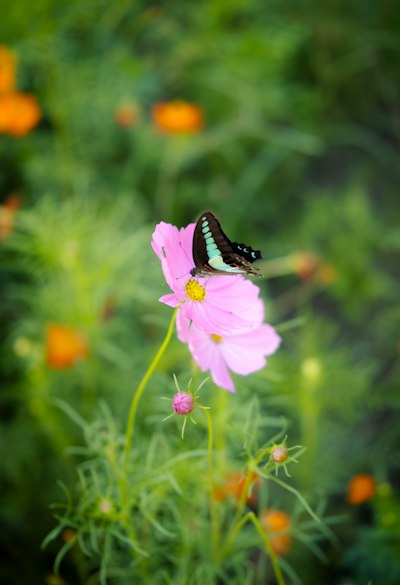
It was later in summer when we were strolling around the garden and we noticed the bees! We had bees ALL OVER the cosmos flowers! We whipped out our camera and started snapping pictures. They were everywhere! All happily working away on the flower blooms. They didn’t pay us any attention and we were in 7th heaven getting to hang out with them.
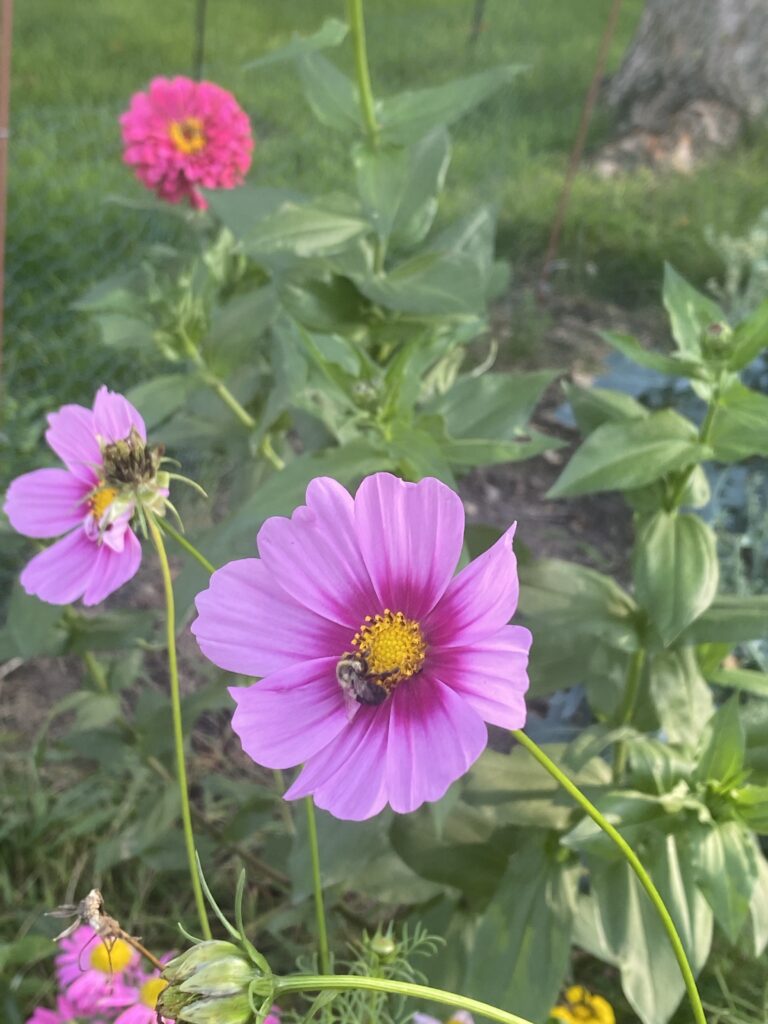
Even with the blooms that were past their peak, the bees still seemed to be happy to visit them.
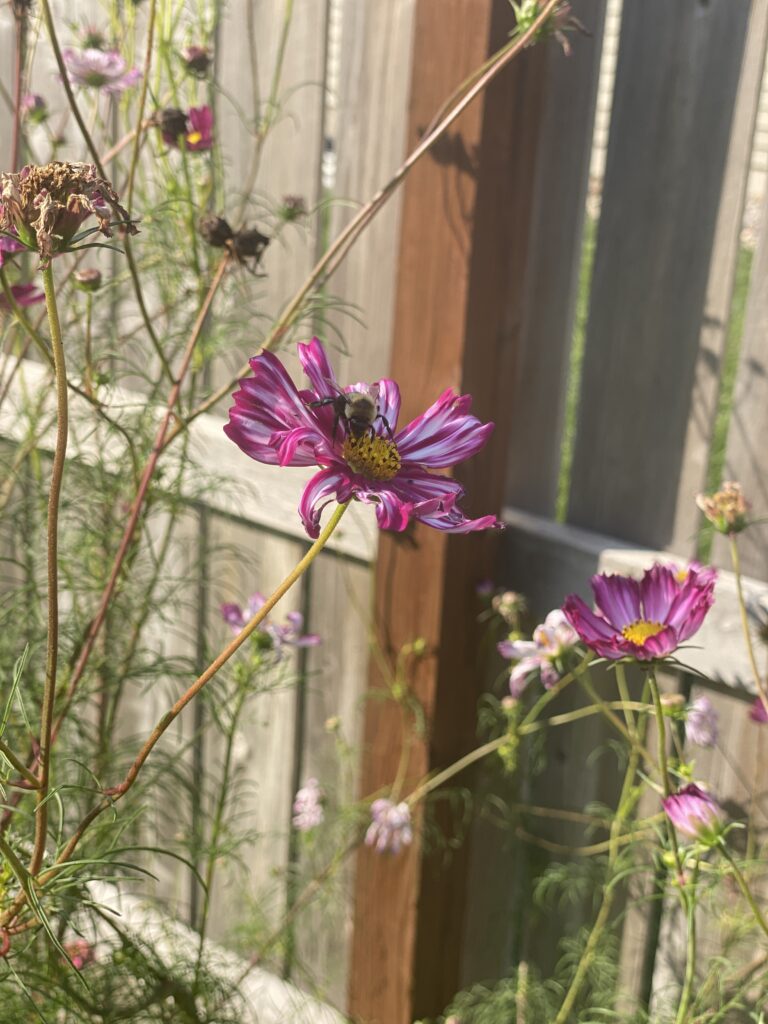
We believe cosmos flowers are one that we will plant every year now. It was already known that we loved the flowers and that they worked great for cut flowers and in bouquets. When we realized that the bees loved them, that sealed the deal! We are friends of the bees!
Other Nectar Flowers
Almost any wildflower or native flowering plant provides some type of nectar resource for you native, or local, pollinators. The best practice is to plant flowers that bloom at different times so that the nectar will be available all season long.
Believe it or not, dandelion is a great source of nectar and it is so important because it is usually the first nectar source in the spring. The dandelion actually has gotten such a bad rap as a weed, because it is truly one of the best plants out there. It is edible and medicinal, as well as being a nectar source. The campaign to wipe them out every spring is slowly starting to turn and we are so happy about that.
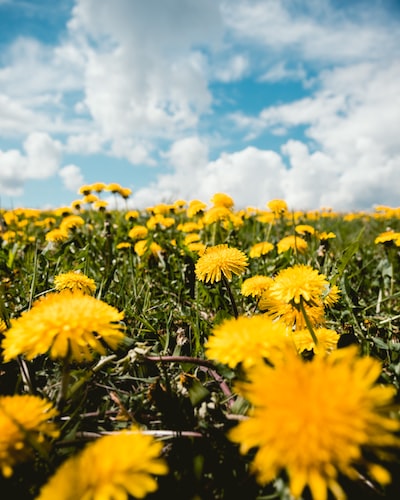
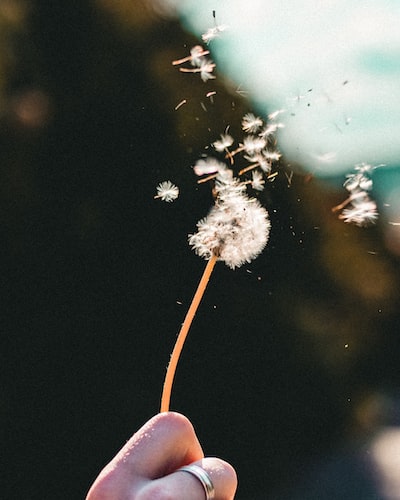
If you want to grow more flowers other than the cosmos flower to have a variety of nectar producing flowers to encourage bees, butterflies and hummingbirds to your yard, here are 15 of the top flowers to grow that will attract them! Some of these grow better than others depending on your climate, so check your zone hardiness!
- Monarda (bee balm)
- Lavender
- Salvia
- Fuschia
- Torch Lily
- Borage
- Coneflower
- Milkweed (the ONLY plant that the monarch butterfly will lay eggs on. Known as a “host”plant)
- Yarrow
- Phlox
- Snapdragons
- Hibiscus
- Butterfly bush
- Zinnia
- Verbena
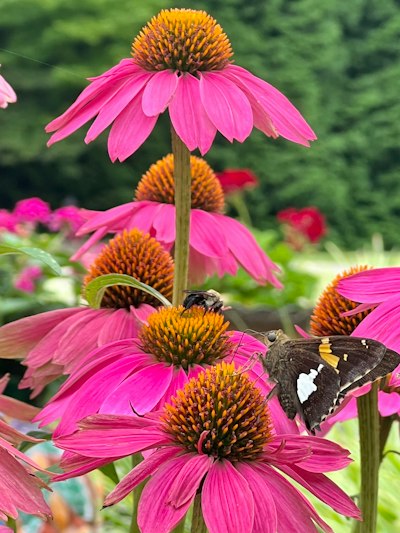
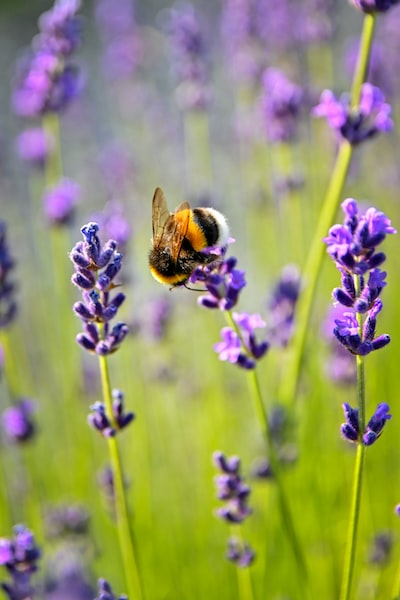
We hope this post has inspired you to plant cosmos flowers, or a pollinator garden, or both!
Looking for more gardening talk? Check out our post on raised garden beds or container gardening in our gardening section of the blog!
Slowestuff
Pin this post to refer to later!!
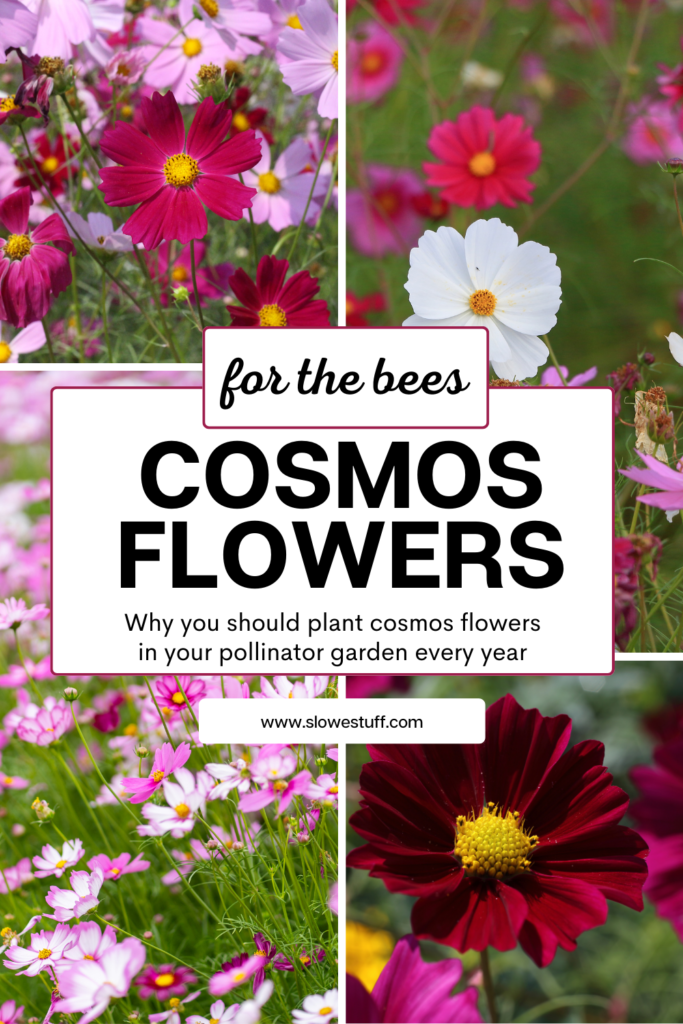
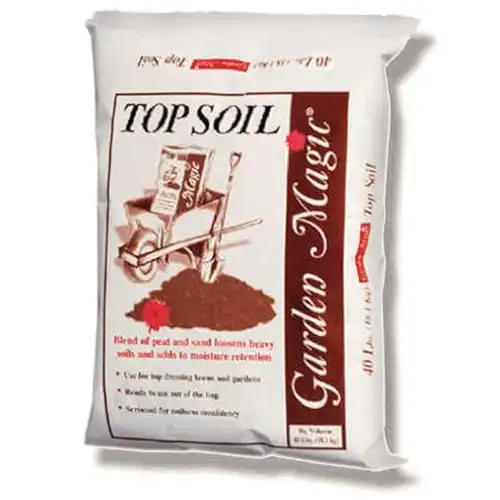
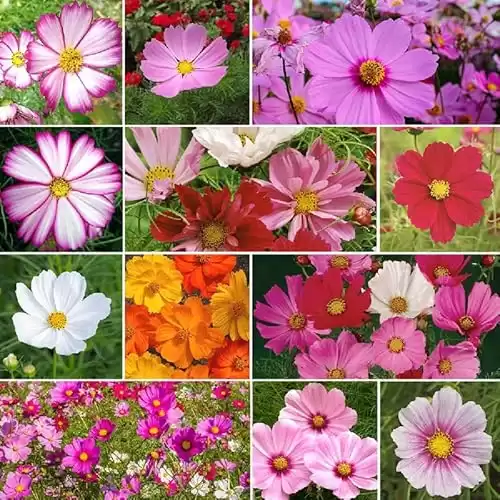
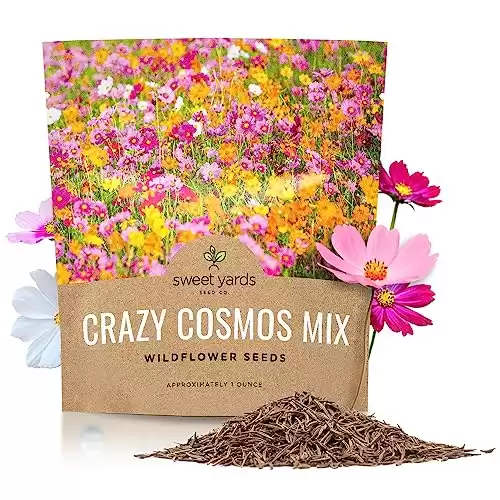
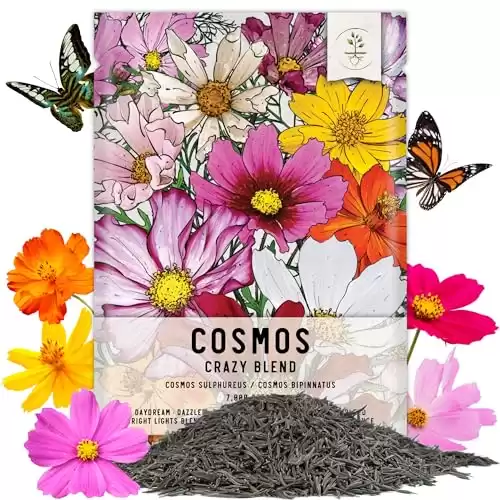
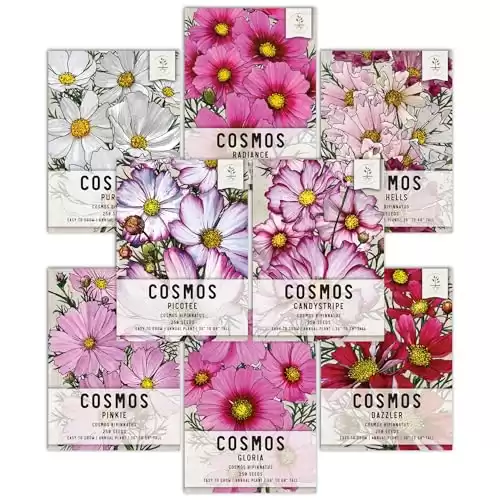
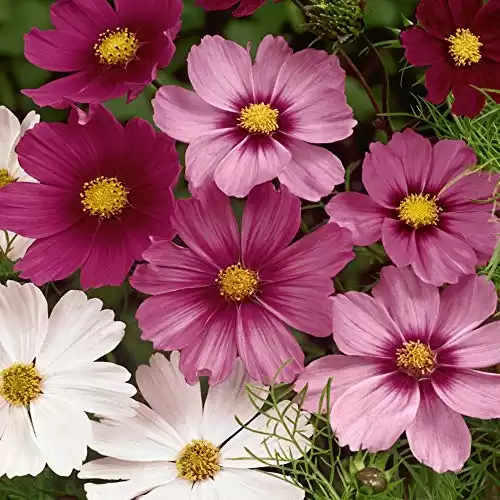
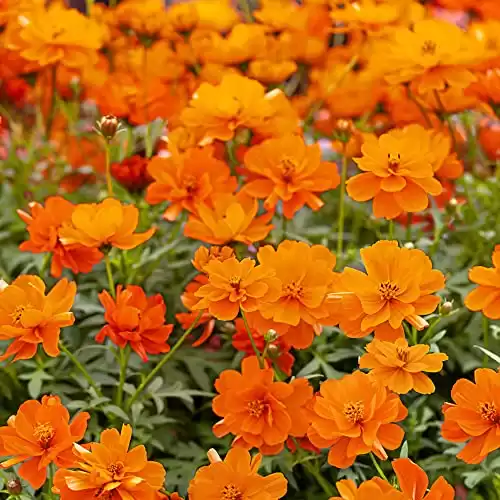
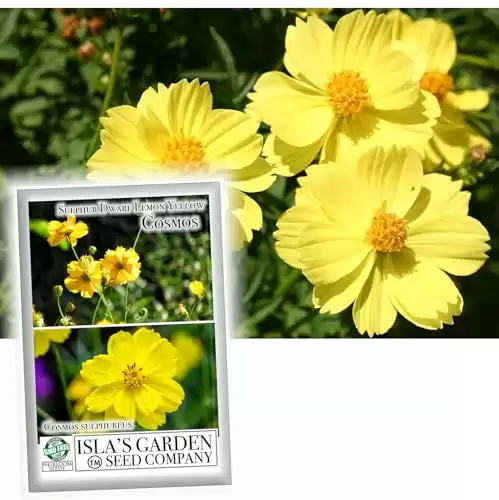
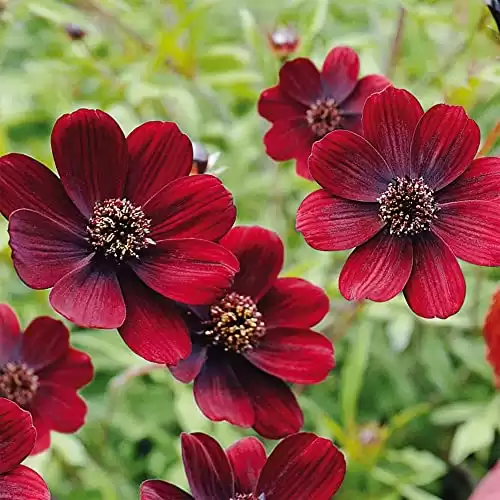
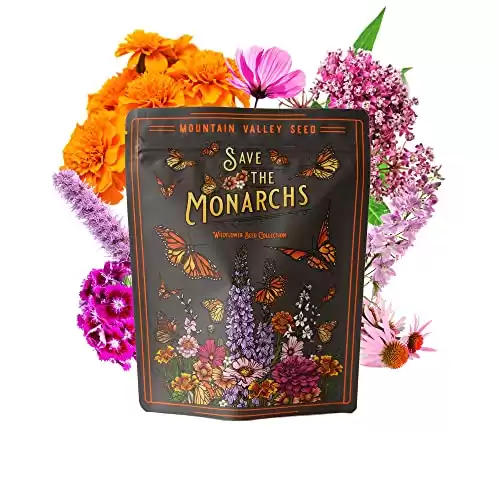
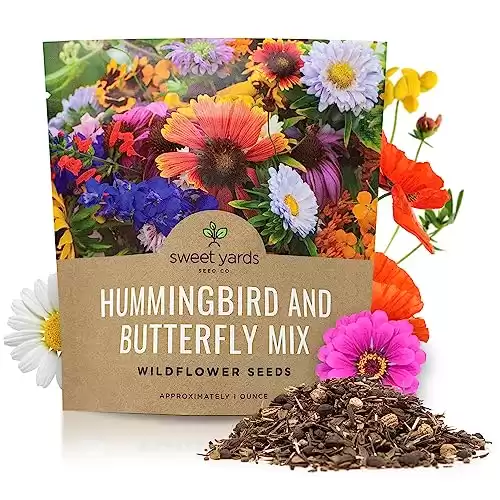
[…] or ideas, check out our posts on container gardening and one of our favorite garden beauties, the cosmos flower. Plus we do have a Gardening […]